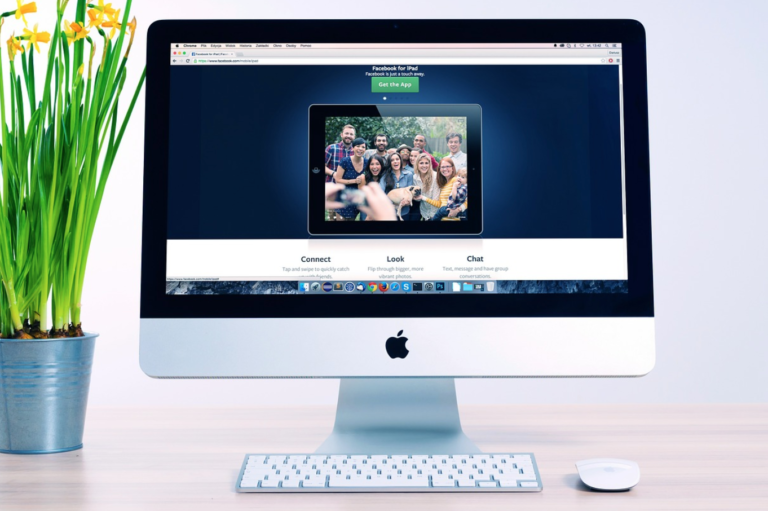Social media has revolutionized communication, offering unprecedented opportunities for organizations to engage with their audiences. As of 2023, over 4.62 billion people are using social media worldwide; these platforms have become an essential part of a comprehensive marketing strategy. However, the online landscape is not without risks. Organizations must be aware of potential pitfalls, from data breaches to reputation damage, and take proactive measures to protect themselves.
Introduction
Organizations have quickly embraced the power of social media for its ability to build brand recognition, facilitate direct customer interaction, and gain valuable insights through social listening. However, as these digital platforms grow increasingly complex, so do the associated security challenges.
A study by the University of Phoenix in 2023 found that 45% of US adults had experienced a personal data breach through social media. For businesses, the stakes are even higher. A report from 2022 highlighted that the median cost of cyber incidents for businesses was $65,000, which could surge to millions for severe cases. These figures underscore the importance of implementing robust strategies to protect your organization on social networking sites.
Create Your Private Social Network in Few Minutes
How can you protect your organization on social networking sites?
Key Strategies for Protection
Implement a Social Media Policy: Having clear, written guidelines for what is acceptable on social media can help prevent many problems. This policy should address topics such as who can post on behalf of the company, what type of content can be posted, how to respond to negative comments, and how to handle confidential information.
Use Strong and Unique Passwords: Encourage all users to utilize strong, unique passwords for their accounts and change them regularly. Consider using a trusted password manager to simplify this process and enhance security.
Enable Two-Factor Authentication (2FA): 2FA provides an additional layer of security by requiring a second form of identification beyond just a password. Many social media platforms offer 2FA options, which can significantly reduce the risk of unauthorized access.
Limit Access: Limit the number of people accessing your social media accounts. The more people with access, the higher the risk of accidental misuse or deliberate abuse.
Regularly Monitor Your Accounts: Review your social media accounts for suspicious activity. Quick detection of unusual behavior can limit the damage of an attack.
Educate Your Employees: Ensure your team understands the risks associated with social media and how to identify potential threats. Regular training sessions can help keep this crucial topic at the forefront of your employees’ minds.
Work with Reputed Third-Party Applications: If you use third-party applications to manage your social media accounts, ensure they are from trusted, reputable providers. Poorly secured third-party applications can provide an easy access point for hackers.
Plan for Incidents: Despite your best efforts, incidents can still occur. Having a pre-defined response plan can limit damage and ensure a swift resolution. This plan should include steps like isolating the incident, investigating the issue, notifying affected parties, and recovering data.
Regularly Update Your Software: Ensure that all your devices and applications, including social media management tools, are updated with the latest patches and upgrades. These updates often contain important security enhancements that can protect your systems from known vulnerabilities.
Leverage Privacy Settings: Most social media platforms offer various privacy settings to help control who can see your content, how people can contact you, and how your data is used. Make sure to review and adjust these settings as needed to enhance your security.
Restrict Information Sharing: Be mindful of the type of information you share on social media. Revealing too much about your business operations, employees, or internal processes can potentially be used by malicious actors to target your organization.
Watch Out for Phishing Attempts: Educate your team on the importance of verifying messages and requests before responding. Phishing scams often involve hackers posing as legitimate entities to trick users into revealing sensitive information.
Utilize Social Media Monitoring Tools: These tools can help you track and manage your online presence across multiple platforms. They can help you detect abnormal activities, like sudden spikes in comments or messages, which might indicate a coordinated attack or a potential PR crisis.
Backup Your Data: Regularly backup your social media data. This includes posts, images, videos, and other content. In case of a data breach or loss, you can restore your data from these backups.
Work with Cybersecurity Professionals: If your organization has the resources, it can be extremely beneficial to work with cybersecurity professionals. They can help you conduct a security audit, identify potential vulnerabilities, and establish effective defense mechanisms.
Delete Unused Accounts: If you have social media accounts that are no longer in use, it’s best to deactivate or delete them. Unused accounts can be easy targets for hackers and can potentially cause damage if left unmonitored.
Secure Your Employee’s Personal Accounts: If employees are accessing your business’s social media accounts from their devices, make sure those devices are also secure. This might involve installing reputable security software or implementing a secure virtual private network (VPN). Implementing zero trust security may also be highly beneficial to reinforce your company’s cyber safeguarding measures further. Zero Trust security measures are becoming increasingly essential, particularly with the advent of NIS2 regulations, ensuring all users and devices, even within the network, are verified, validated, and secured.
Concluding Remarks
The power of social media for organizations is undeniable. However, with great power comes great responsibility. The online world is dynamic and constantly evolving, making it critical for organizations to stay informed and vigilant about potential threats. By implementing the strategies above, you can leverage social media’s strengths while minimizing risks, ensuring your organization remains protected in this interconnected digital age. Remember, cybersecurity is not a one-time task, but an ongoing commitment. Stay safe, stay protected!
How to Safeguard WordPress Rapidly and Effortlessly
WordPress Firewall Plugins You Should Use On Your WordPress Site







